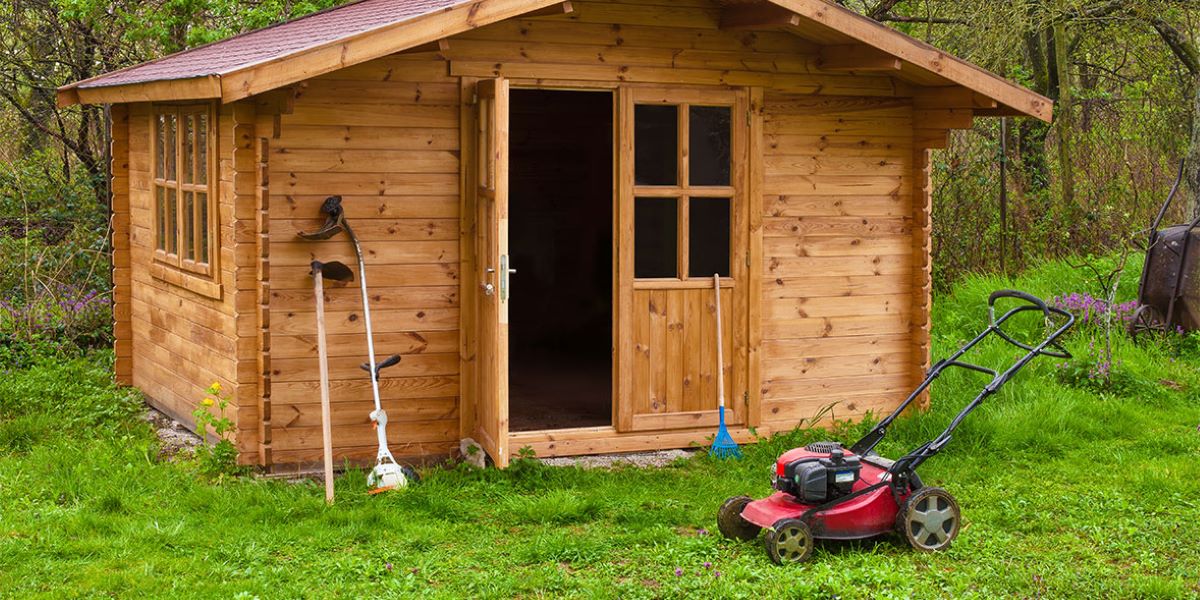

Articles
How To Store A Lawn Mower Outside
Modified: January 6, 2024
Learn the best techniques for storing your lawn mower outside with this comprehensive guide. Find articles and tips for keeping your mower protected and in top condition.
(Many of the links in this article redirect to a specific reviewed product. Your purchase of these products through affiliate links helps to generate commission for Storables.com, at no extra cost. Learn more)
Introduction
Storing a lawn mower outside requires careful consideration and proper maintenance to ensure its longevity and optimal performance. Whether you lack indoor storage space or simply prefer to keep your lawn mower outdoors for convenience, taking the necessary steps to protect it from the elements is essential.
In this article, we will explore the best practices for storing a lawn mower outside. From choosing the right storage location to performing maintenance tasks, we will provide you with a comprehensive guide to ensure your lawn mower remains in top condition.
By following these guidelines, you can extend the lifespan of your lawn mower and avoid costly repairs or replacements down the line. Let’s dive in!
Key Takeaways:
- Properly storing a lawn mower outside involves choosing the right location, cleaning and preparing the mower, draining the fuel, protecting the engine, and covering and securing the mower. Regular maintenance is key to ensuring optimal performance and longevity.
- By following the guidelines for storing a lawn mower outside, you can protect it from the elements, extend its lifespan, and avoid costly repairs. Taking the time to care for your mower ensures it’s ready to tackle your lawn when needed.
Read more: How To Store Riding Lawn Mower Outside
Choosing the Right Storage Location
When storing your lawn mower outside, selecting the appropriate storage location is crucial in protecting it from the elements. Here are some factors to consider:
- Shelter: Look for a covered area, such as a shed or a carport, that can provide protection from rain, snow, and excessive sunlight. If you don’t have access to a covered space, consider investing in a sturdy lawn mower cover.
- Elevation: Choose a spot that is elevated or well-drained to prevent water from pooling around the lawn mower. Standing water can lead to rust and damage to the mower’s components.
- Ventilation: Ensure that the storage location has adequate airflow to prevent the buildup of condensation and moisture, which can lead to mold and mildew growth.
- Accessibility: Select a location that is easily accessible for maintenance tasks and regular inspections. This will allow you to check for any issues promptly and perform routine maintenance.
By considering these factors, you can choose a storage location that minimizes exposure to harsh weather conditions and provides a suitable environment for your lawn mower.
Cleaning and Preparing the Lawn Mower
Before storing your lawn mower outside, it is essential to give it a thorough cleaning and proper preparation. Follow these steps to ensure your mower is in optimal condition:
- Remove debris: Clear any grass clippings, leaves, or dirt from the mower’s deck and undercarriage. Use a brush or a hose to remove stubborn debris.
- Clean the blades: Inspect the blades for any signs of damage or dullness. Remove the blade by following the manufacturer’s instructions and sharpen or replace if necessary.
- Check the air filter: Remove the air filter and clean or replace it according to the manufacturer’s recommendations. A clogged air filter can affect the mower’s performance.
- Inspect the spark plug: Remove the spark plug and examine its condition. Clean or replace it as needed to ensure proper ignition.
- Change the oil: If it’s been a while since the last oil change, consider draining and replacing the oil before storing the mower. Refer to the owner’s manual for the recommended procedure.
By thoroughly cleaning and preparing your lawn mower, you prevent the accumulation of debris and ensure that the various components are in good working order. This will help prolong the lifespan of your mower and maintain its performance.
Draining the Fuel
One crucial step in preparing your lawn mower for outdoor storage is draining the fuel. Here’s why this is important and how to do it:
Over time, fuel left in the mower’s tank can deteriorate and cause clogs in the fuel lines and carburetor. Stale fuel can also lead to engine damage and difficulties in starting the mower when you need it again. Therefore, it’s best to remove the fuel entirely before storing the mower.
To drain the fuel from your lawn mower, follow these steps:
- Run the mower: Start the mower and let it run until it runs out of fuel. This will ensure that the fuel lines and carburetor are empty.
- Disconnect the spark plug: For safety reasons, disconnect the spark plug wire to prevent any accidental engine starts while working on the mower.
- Remove the fuel: Use a siphon pump or drain the fuel tank into a suitable container. Ensure you properly dispose of the drained fuel according to local regulations.
- Start the mower: Without any fuel, start the mower again to burn off any remaining fuel in the carburetor.
Remember that some lawn mowers have a fuel shut-off valve. If yours has one, turn it off before running the mower out of fuel to prevent any new fuel from entering the lines.
By draining the fuel from your lawn mower, you prevent the risk of fuel-related issues and ensure that the mower starts smoothly when you need it next.
To store a lawn mower outside, use a waterproof cover to protect it from the elements, elevate it off the ground to prevent moisture damage, and regularly clean and maintain it to prevent rust and corrosion.
Protecting the Engine
The engine is the heart of your lawn mower, and protecting it during outdoor storage is crucial. Here are some tips to keep the engine in excellent condition:
- Add a fuel stabilizer: If you choose to leave some fuel in the tank during storage, adding a fuel stabilizer can help prolong its shelf life. Follow the instructions on the stabilizer’s packaging for the correct dosage.
- Run the engine dry: Another option is to run the mower until the fuel is depleted. This prevents any leftover fuel from potentially gumming up the carburetor or fuel lines.
- Remove the battery: If your lawn mower has a battery, remove it before storing it outside. Extreme temperatures can damage the battery and reduce its lifespan. Store it in a cool, dry place.
- Lubricate moving parts: Apply a thin layer of oil to the mower’s moving parts, such as the axles and linkages, to prevent rust and keep them functioning smoothly.
- Protect against moisture: Moisture can cause corrosion on metal surfaces. Consider using a rust inhibitor spray or applying a light coat of oil on exposed metal parts to protect them from moisture damage.
By taking these steps to protect the engine, you ensure that it remains in good working condition, reducing the risk of damage and extending the life of your lawn mower.
Covering and Securing the Lawn Mower
Properly covering and securing your lawn mower is essential for protecting it from the elements and preventing any potential damage. Here’s what you need to know:
- Choose a fitted cover: Invest in a high-quality lawn mower cover that is specifically designed for your mower’s make and model. A fitted cover will provide better protection from dust, rain, and UV rays.
- Secure the cover: Make sure the cover is securely fastened to the mower to prevent it from blowing away in strong winds. Some covers come with straps or elastic bands for a snug fit.
- Use a tarp as an alternative: If you don’t have a mower cover, you can use a waterproof tarp to protect your mower. Ensure that it is securely tied down to prevent it from flapping in the wind.
- Protect the wheels: Place a piece of wood or a block under the wheels to prevent them from resting directly on the ground. This helps to prevent flat spots and keeps the tires in better condition.
- Store the mower upright: Whenever possible, store the mower in an upright position. This helps to prevent oil leaks and any potential damage to the engine or other components.
By covering and securing your lawn mower properly, you provide an extra layer of protection against the elements and ensure that it remains in good condition during outdoor storage.
Regular Maintenance and Inspections
Even when stored outside, your lawn mower requires regular maintenance and inspections to keep it in optimal condition. Here’s a checklist to follow:
- Check the condition of the cover: Regularly inspect the mower cover for any signs of damage or wear. Replace it if necessary to ensure maximum protection.
- Clean the mower regularly: Remove any debris or dirt that may accumulate on the mower, especially around the air vents and cooling fins. This helps to prevent clogs and overheating.
- Inspect and clean the fuel system: If you left fuel in the tank, periodically inspect the fuel lines and carburetor for any signs of clogs or deterioration. Clean or replace them as needed.
- Check the battery: If your mower has a battery, inspect it regularly for corrosion or any signs of damage. Clean the terminals and ensure a tight connection.
- Inspect the blades: Regularly inspect the blades for any signs of damage, dullness, or imbalance. Sharpen or replace them as necessary to maintain an even and clean cut.
- Check the tire pressure: Ensure that the tire pressure is at the recommended level. Properly inflated tires provide better maneuverability and prevent uneven wear.
- Test the engine: Periodically start the mower and let it run for a few minutes to ensure that the engine is running smoothly. This helps to keep the engine lubricated and prevents any internal components from sticking.
By regularly performing maintenance tasks and inspections, you can catch any potential issues early on and prevent them from escalating. This will help keep your lawn mower in excellent working condition while stored outside.
Conclusion
Storing a lawn mower outside may require extra attention and maintenance, but by following the proper steps, you can ensure that your mower remains in great condition while not in use. Choosing the right storage location, cleaning and preparing the mower, draining the fuel, protecting the engine, and covering and securing the mower are all essential practices to keep in mind. Additionally, regular maintenance and inspections help to identify and address any issues before they become major problems.
Remember, a well-maintained lawn mower will not only have a longer lifespan but also provide better performance when you need to use it again. By taking the time to properly store and care for your mower, you are investing in its longevity and saving yourself from unnecessary repairs or replacement.
So, if you find yourself needing to store your lawn mower outside, make sure to follow the guidelines outlined in this article. With the right practices, you can protect your mower from the elements and ensure it’s ready to tackle your lawn when the time comes.
Happy mowing!
Frequently Asked Questions about How To Store A Lawn Mower Outside
Was this page helpful?
At Storables.com, we guarantee accurate and reliable information. Our content, validated by Expert Board Contributors, is crafted following stringent Editorial Policies. We're committed to providing you with well-researched, expert-backed insights for all your informational needs.
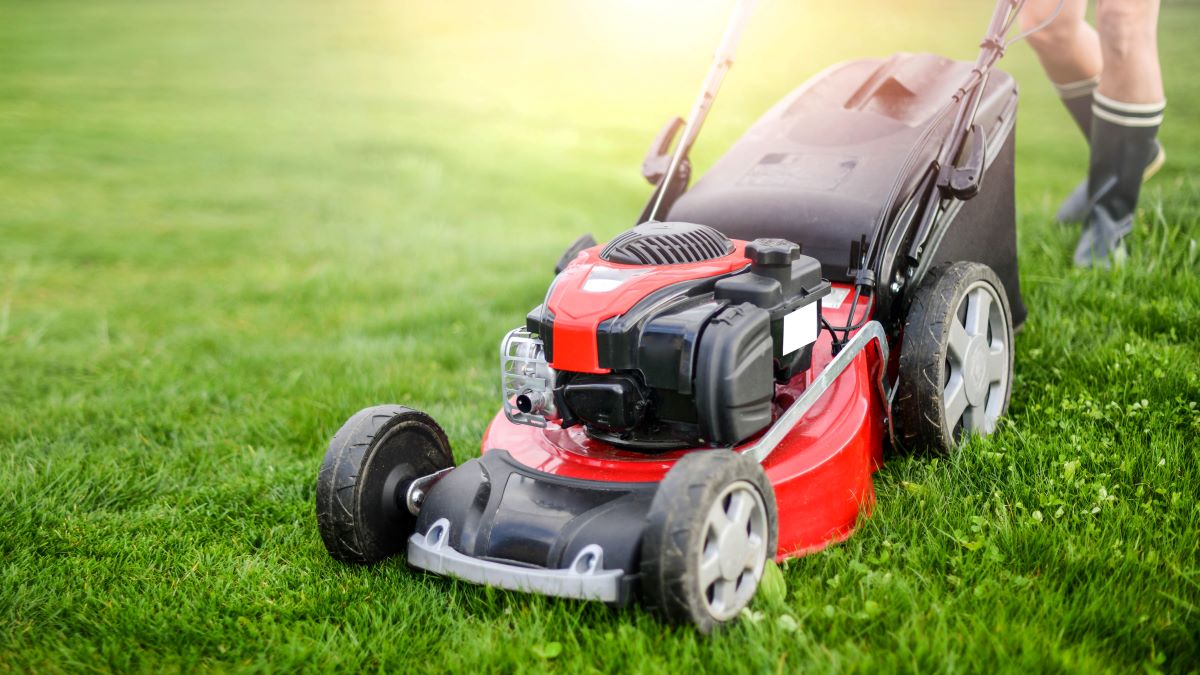
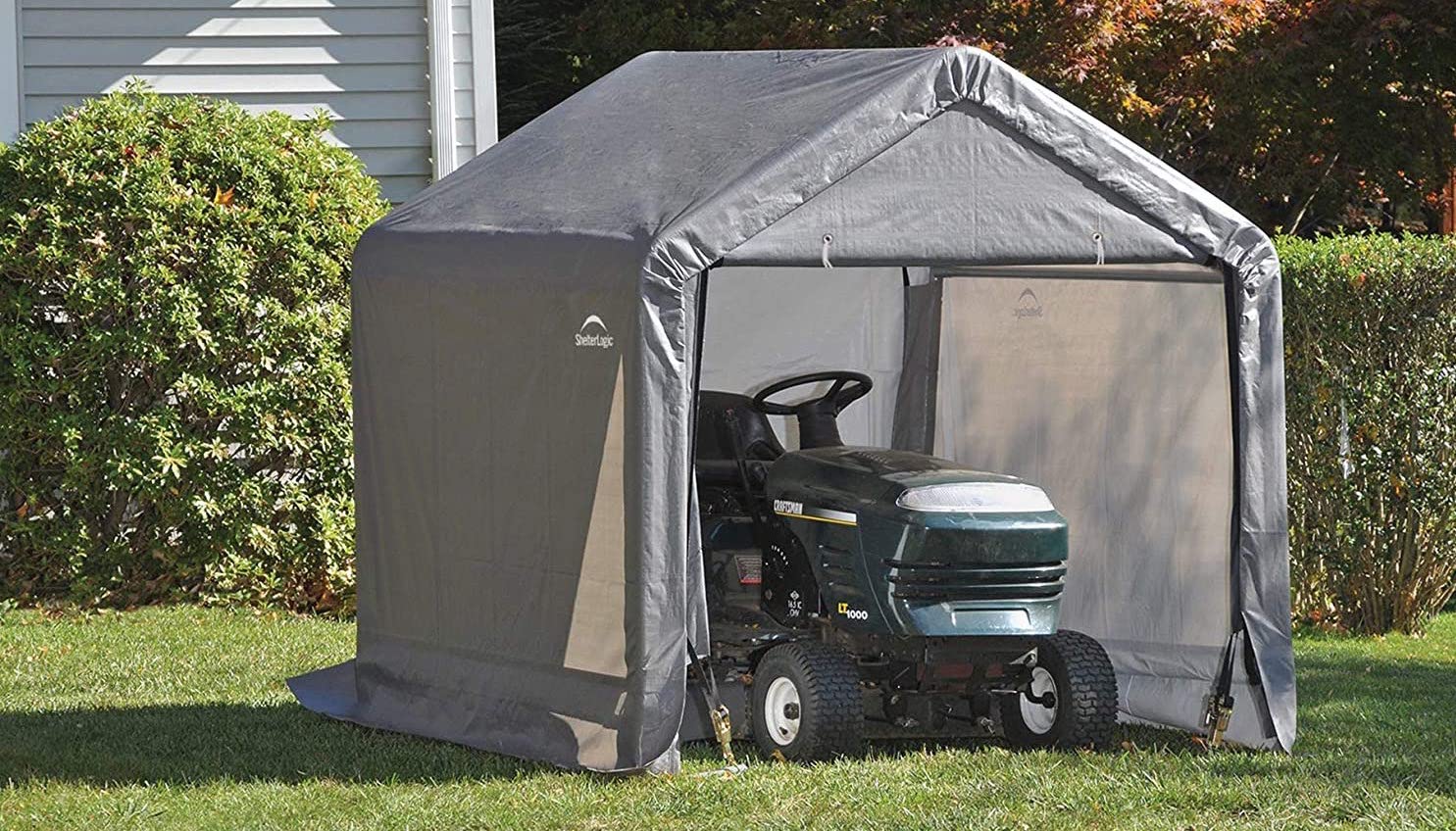
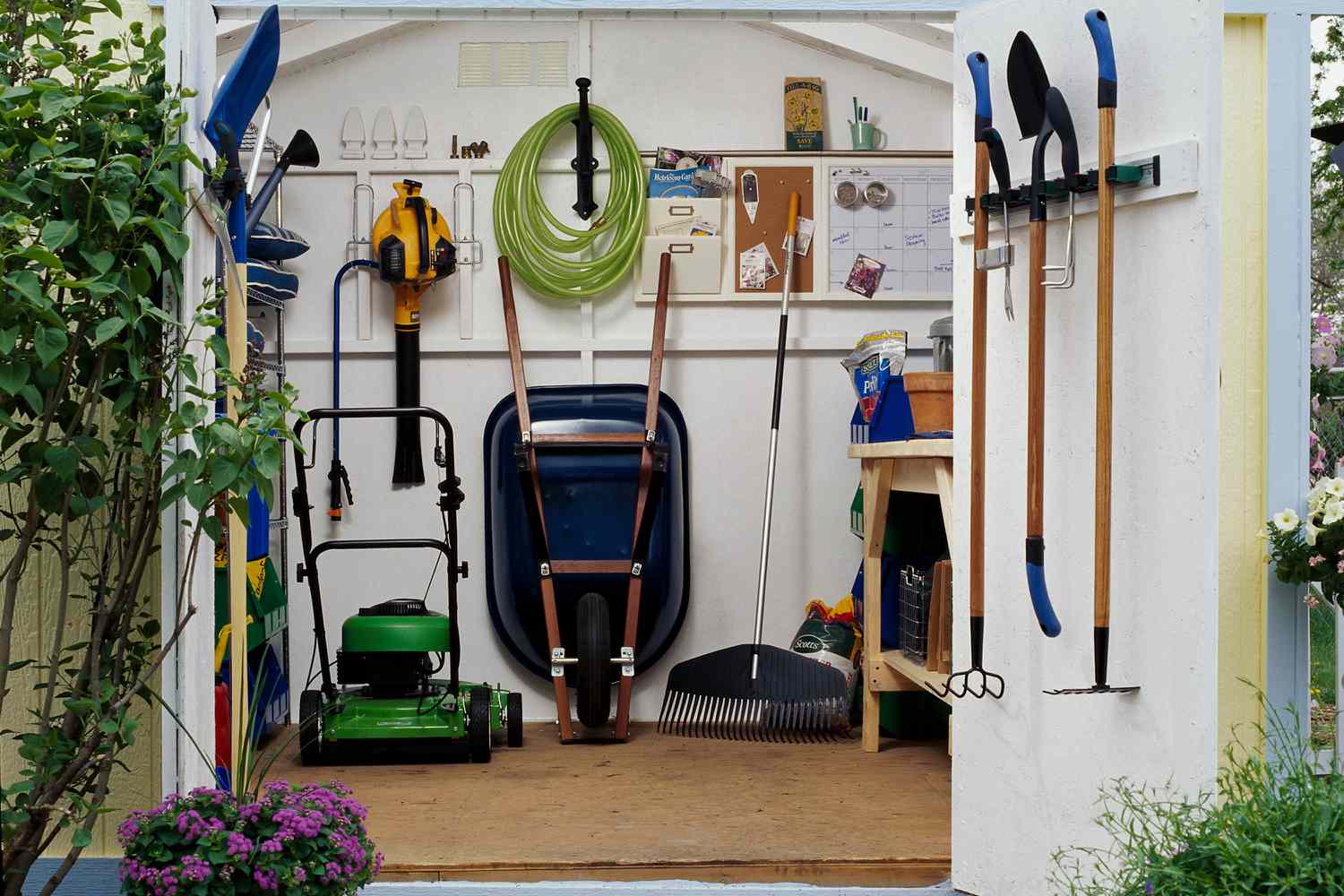
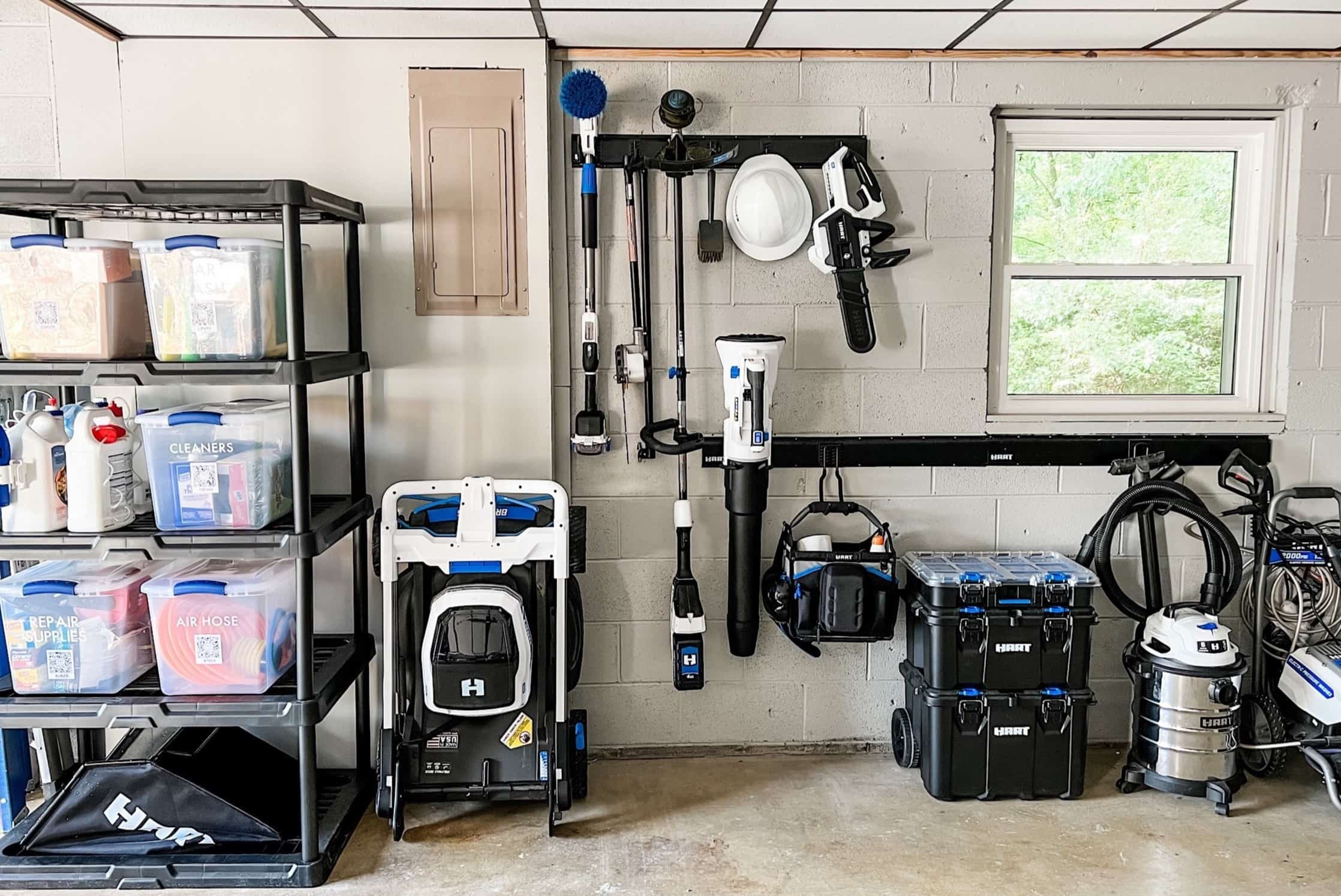
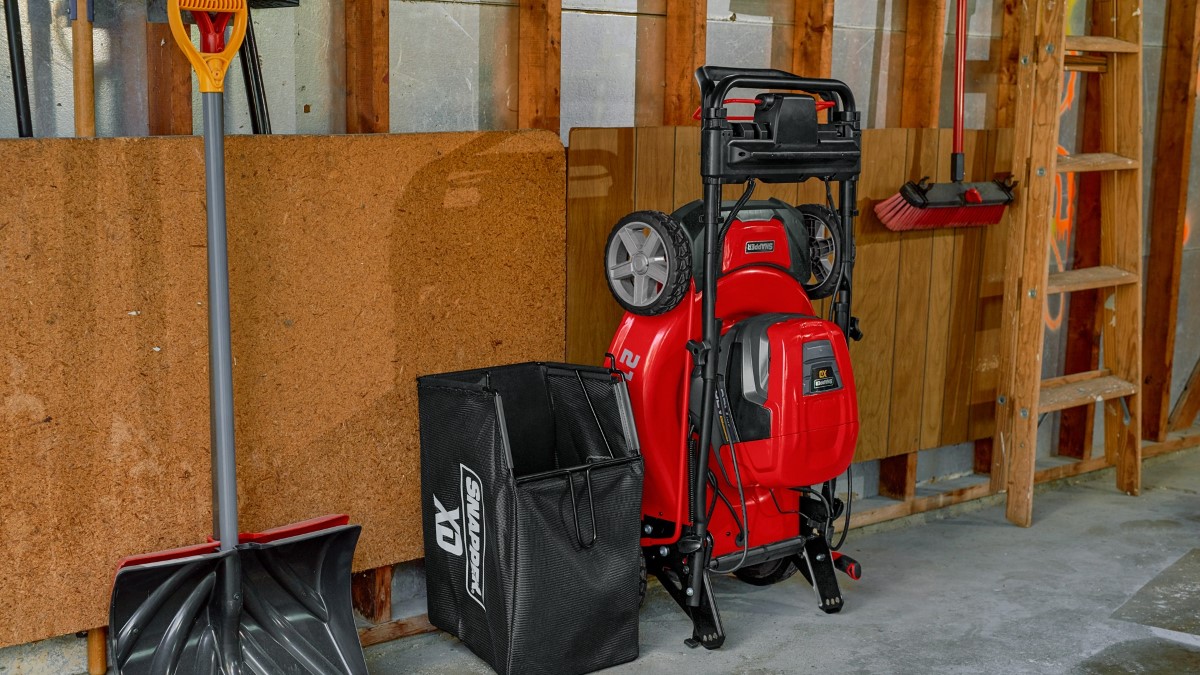
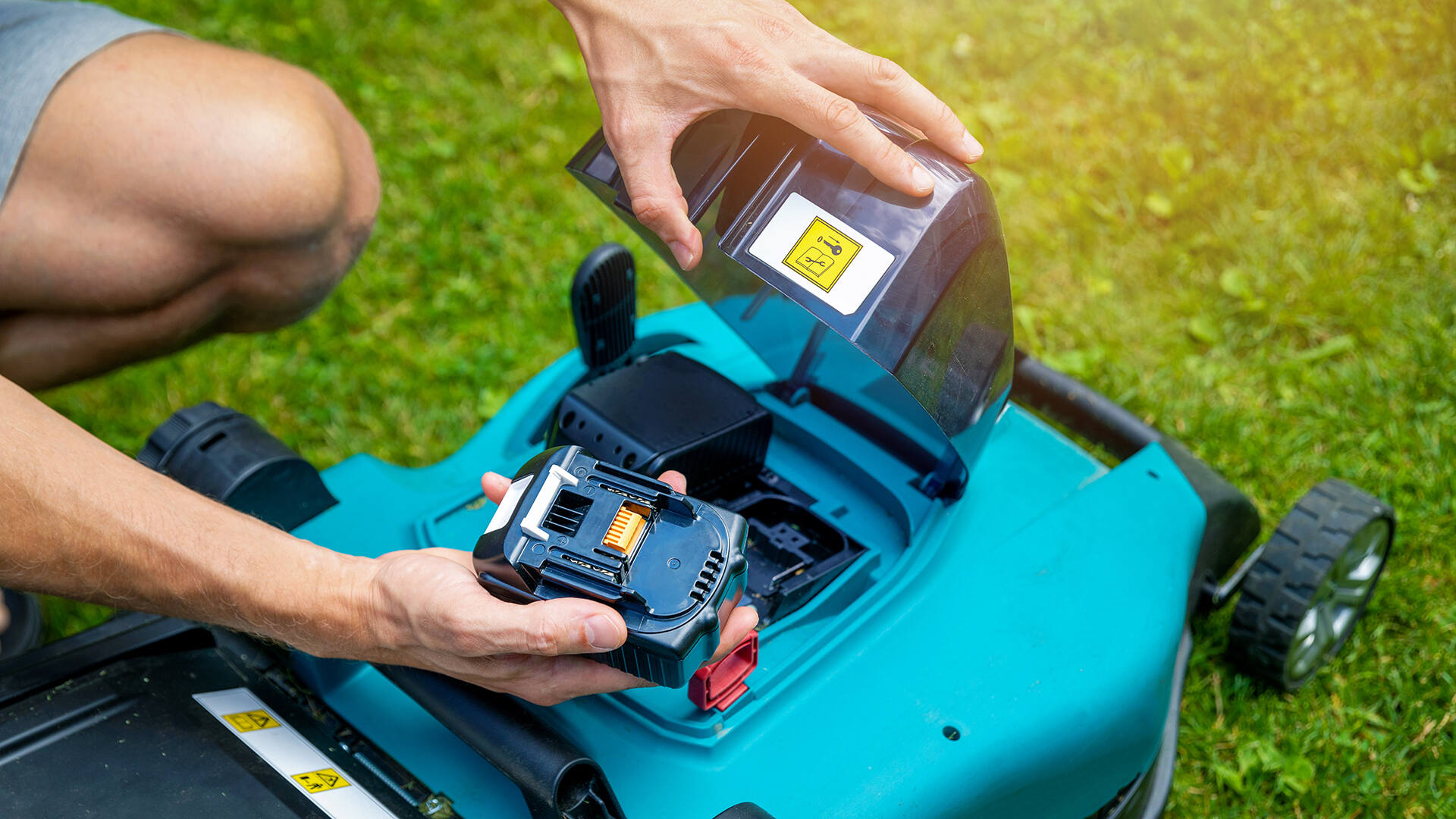

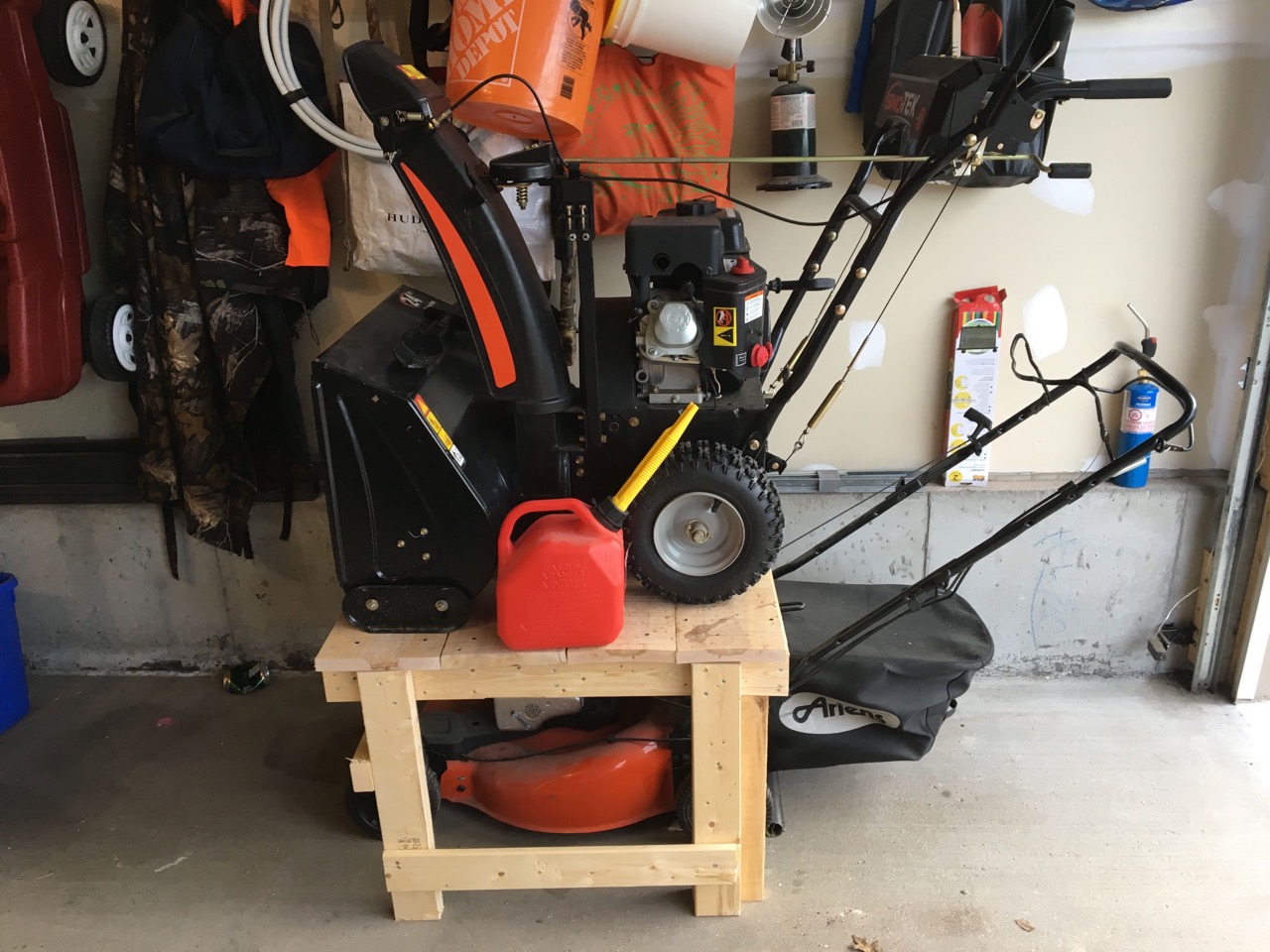
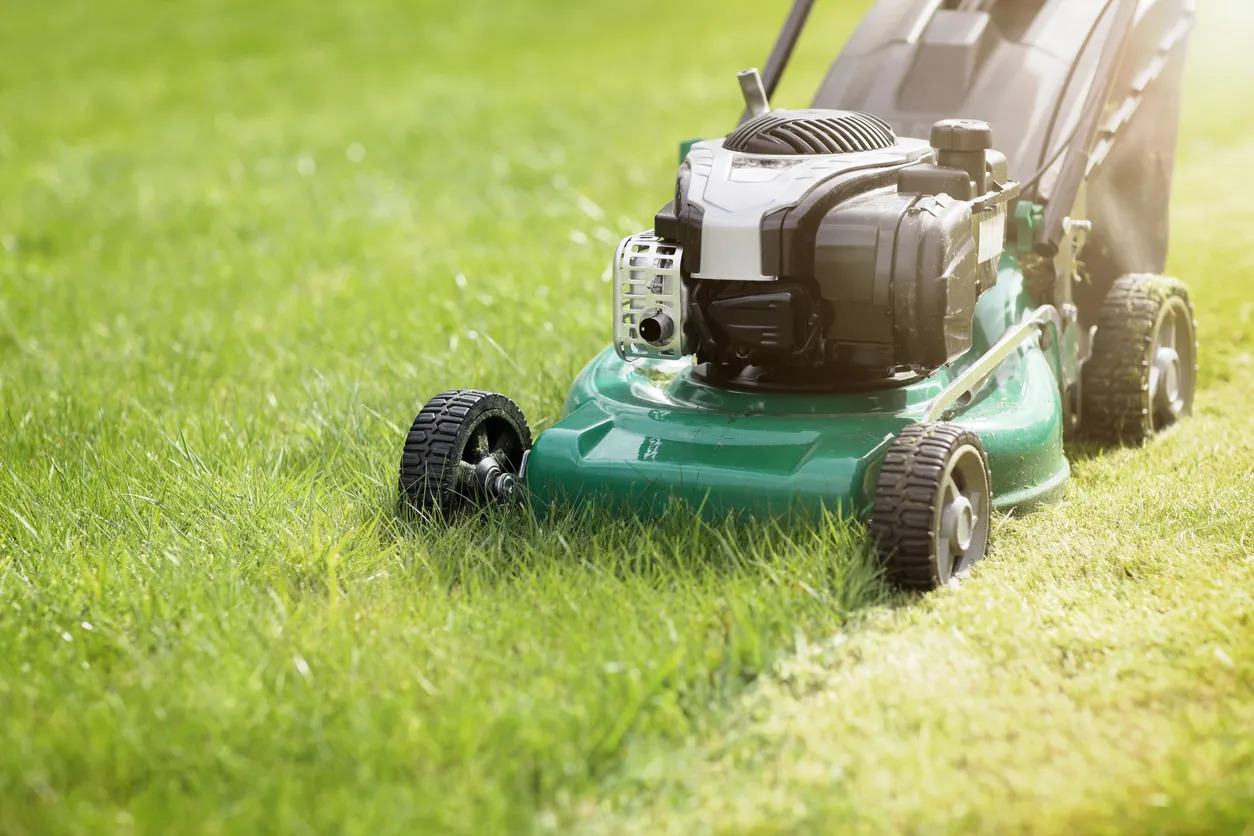
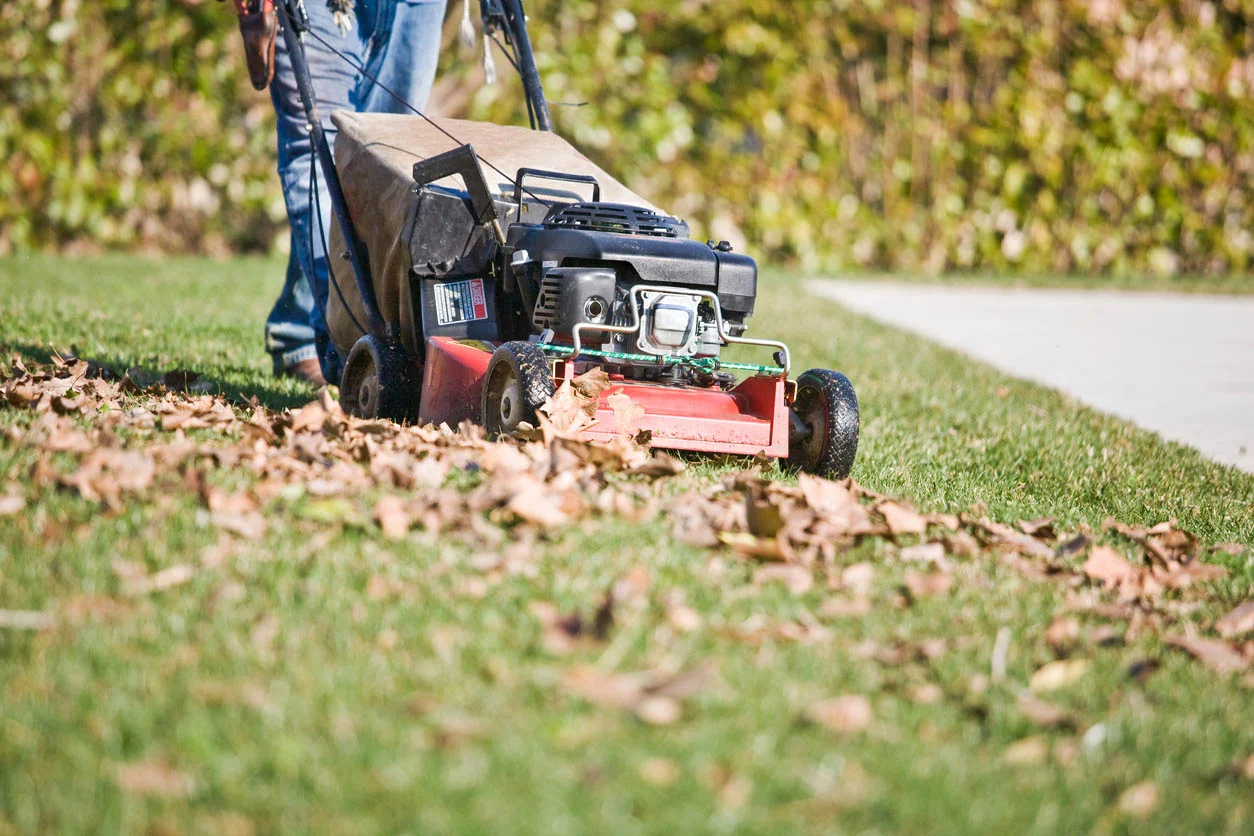
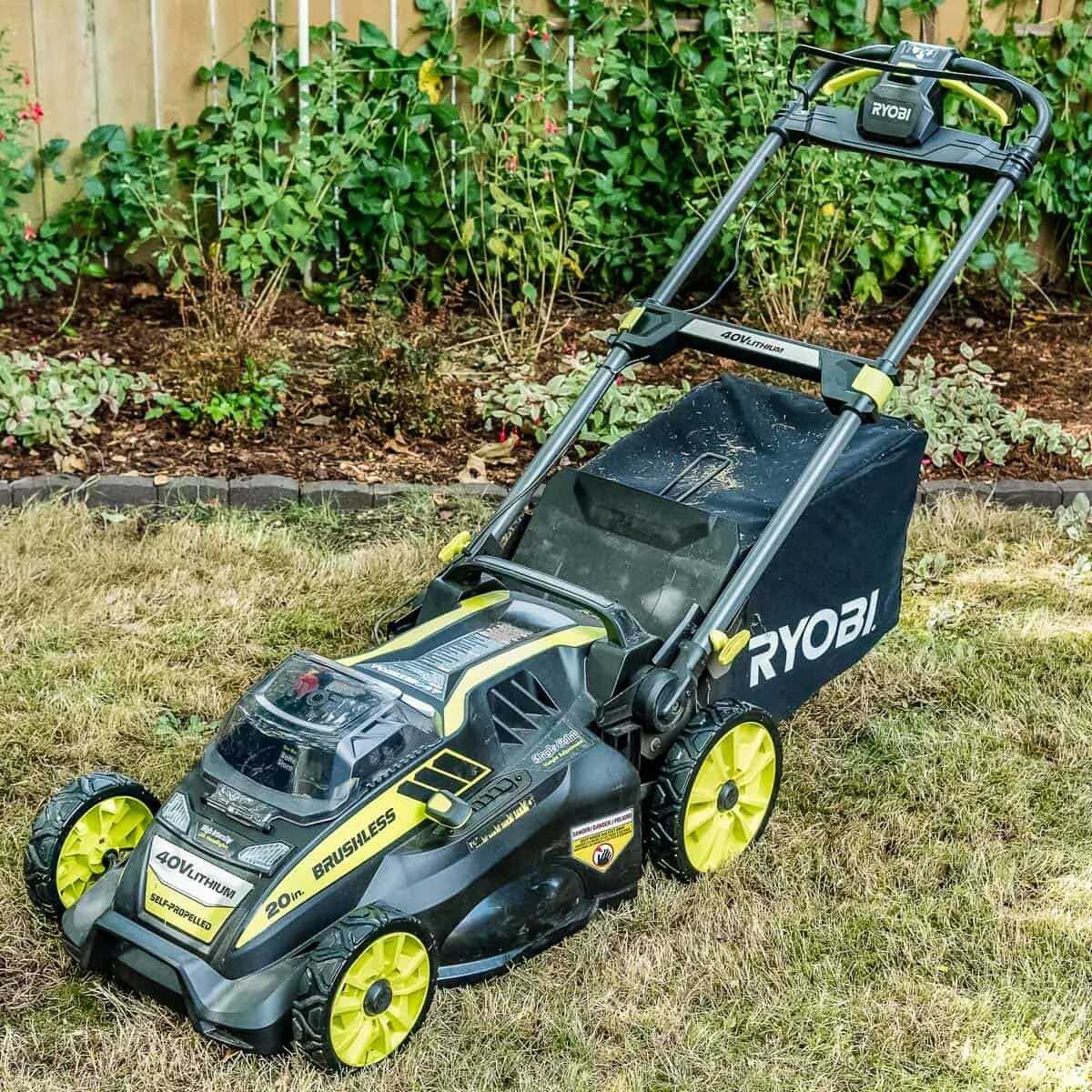
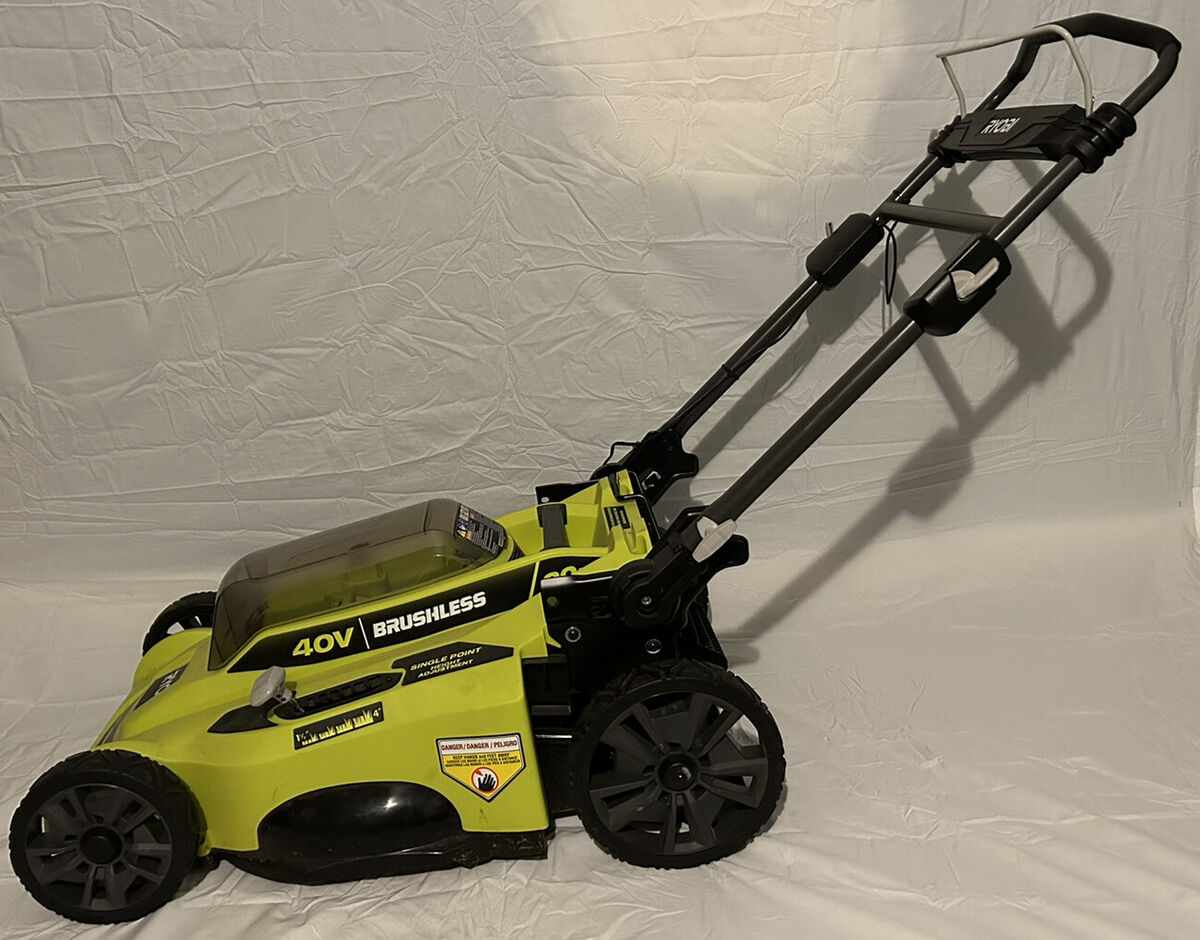
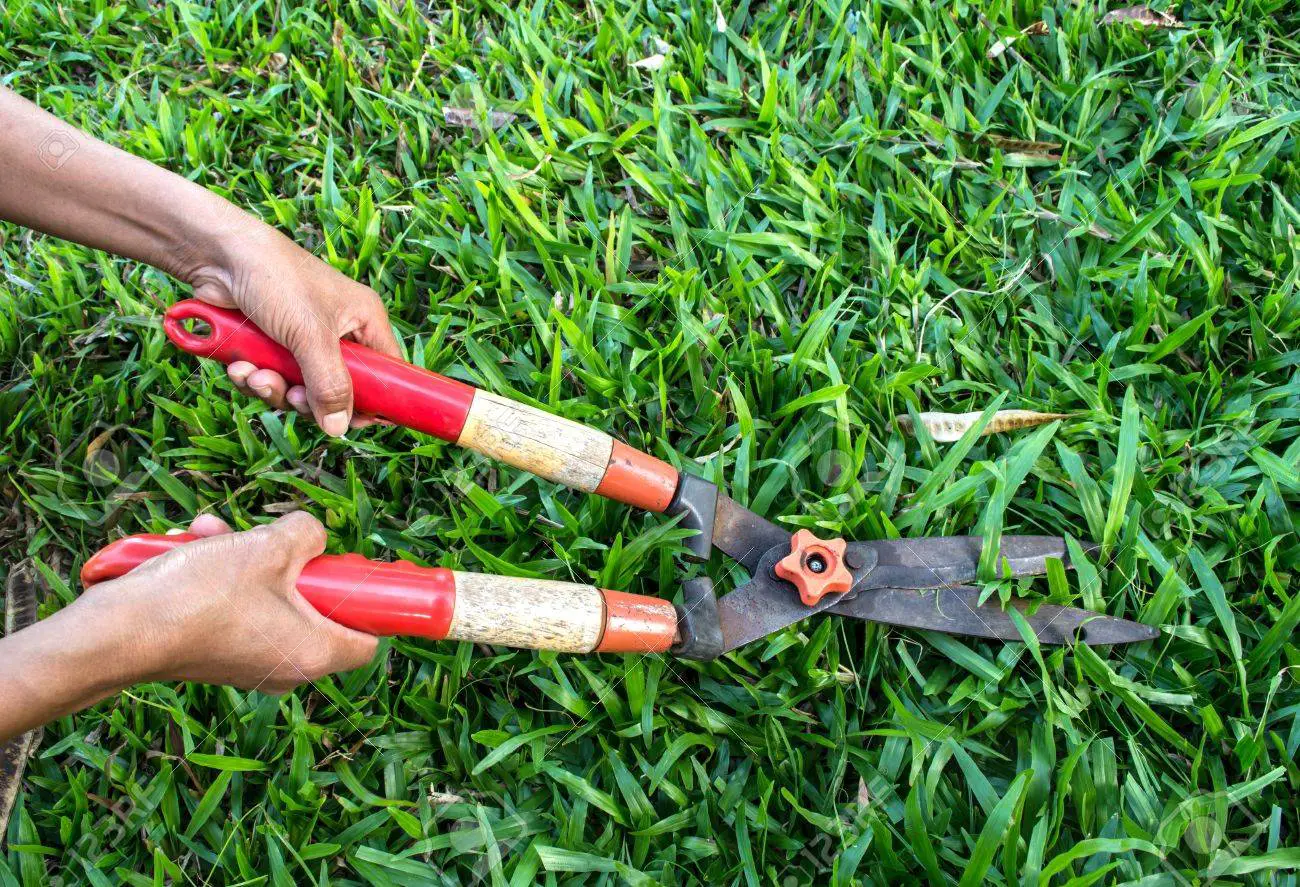


0 thoughts on “How To Store A Lawn Mower Outside”